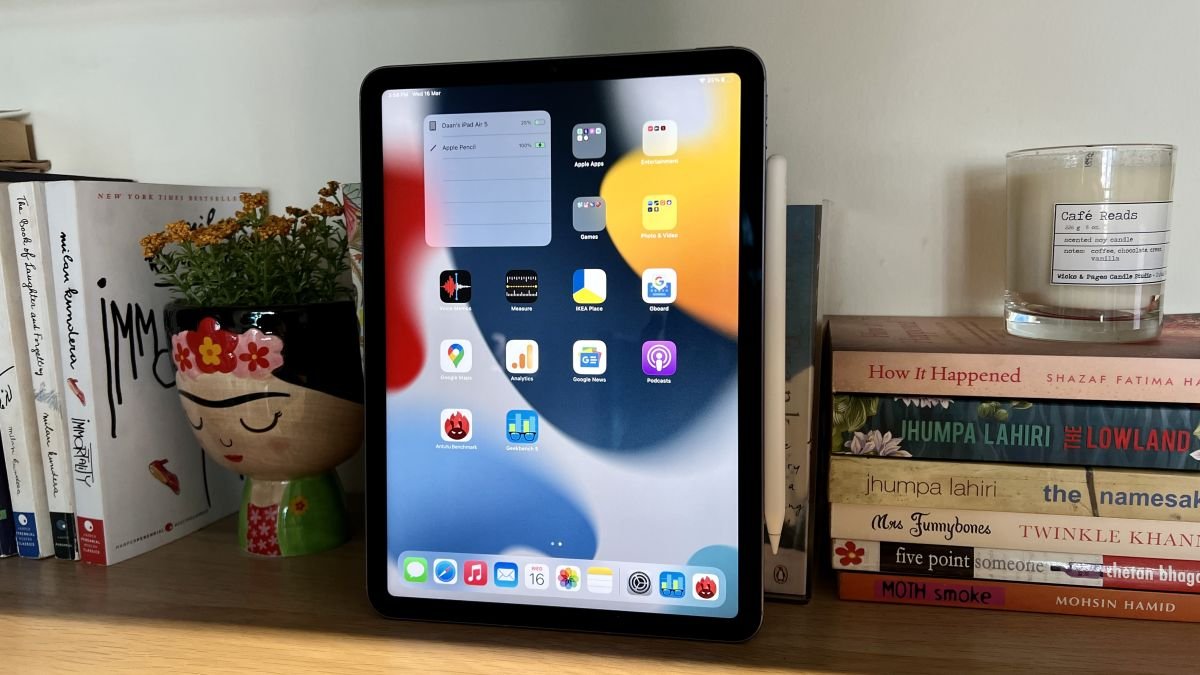
We've been hearing about an iPad with an OLED screen for a long time, and the rumors will continue for some time, with a new report suggesting we won't see an OLED iPad until at least 2024.
While this isn't the first time we've heard about this year, its persistence amid rumors and leaks lends credence to an accurate time frame. Still, it seems that progress is being made, because according to ETNews (opens in a new tab), which is the most recent source to say that the OLED iPad will arrive in 2024, Apple has begun producing final prototypes of these devices.
If that's correct, there's a chance Apple could have an OLED iPad on the market before 2024, however, the company would subject the unannounced device to more rigorous screen tests than usual; ensuring display technology meets their rigorous quality standards.
ETNews also claims that Apple is using a dry etching process on these OLED panels to make them as thin and light as possible, which, in turn, should help make the iPad lighter than current models.
If you're worried that a thin screen is brittle, fear not, apparently Apple has taken that into account too; with the company developing "special coatings" to increase the durability of the screen.
Those are two updates we could see in an OLED iPad, with another expected to improve image quality.

Analysis: why switch to OLED?
The ability to make the screen thinner and the device lighter is not the main benefit of OLED, but rather an improvement in image quality.
ETNews mentions that image enhancement is one of Apple's focus areas here, but doesn't go into detail. Thankfully, there are plenty of OLED devices on the market already, including the iPhone 13 lineup, giving us an idea of the kinds of improvements an OLED iPad offers over existing models.
These include better contrast ratio, improved viewing angles, and, when combined with dark wallpapers and themes, lower battery consumption; because the pixels are lit individually (rather than relying on a dedicated backlight, as with LCD technology).
On paper, the use of LCD technology has some advantages over OLED, such as better overall brightness; however, in practice, many of the brightest smartphone screens use OLED technology.
The most notable exception in the mobile space right now is the mini-LED-based panel used by the iPad Pro 12.9 (2021), which offers similar benefits to OLED, but without its drawbacks.
This means that Apple may continue to use mini-LED screens in its best iPads, while models that currently rely on IPS LCD panels will be the ones getting an OLED upgrade.
Via MacRumors (Opens in a new tab)